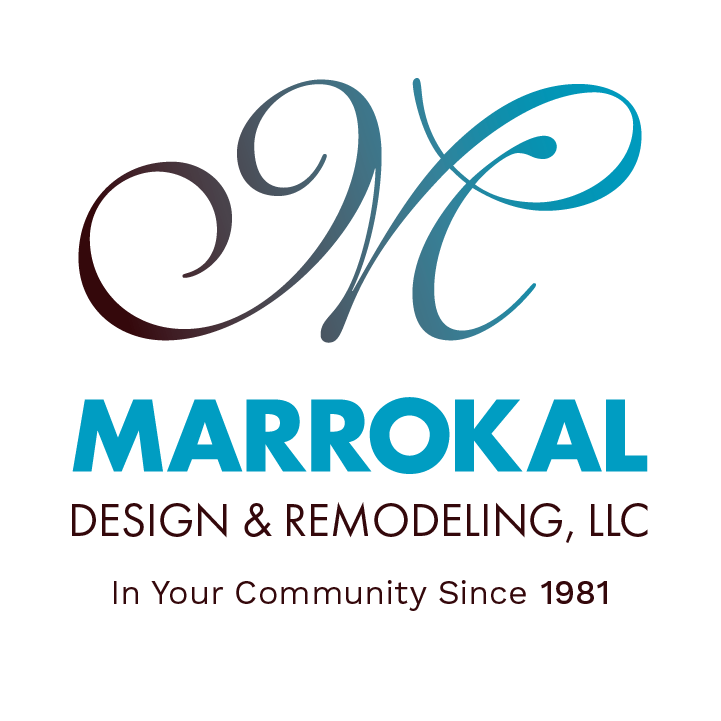Those who are in the process of renovating historic homes soon discover the renovation process is far more complicated than making some updates and adding a fresh coat of paint. For example, contractors are required to use current building codes, engage qualified technical resources, ensure OSHA and RRP compliance and adhere to historical preservation needs. Having a detailed plan is the only way to ensure a successful historic home renovation.
The first task in completing home renovations for historic properties is to meet with a qualified contractor who is well versed in historic renovations. During that initial meeting the homeowner and contractor will address the needs of the home through an inspection of blueprints, photos, renderings, models and so on. Once the contractor has addressed the requirements of historic preservation, design plans are integrated in the renovation.
In order to make an informed decision on your home renovations, your contractor will need you to follow these guidelines:
1.) Identify Things That You Want To Keep
What are the things that you want to retain from your historic home? It can be anything from artifacts, interesting features or functional structure.
2.) Identify Things That You Want To Remove
What wirings, materials, structures and pipes need to be removed permanently during the historic home renovation? Removal reasons may include deterioration of the structure, technical obsolescence, design faults or a need to have a different floor plan.
3.) Identify Things That You Want To Change
Do your historic home renovations require new doors, windows or walls? Do you want new wiring, HVAC ducts and piping? All this information should be discussed with the contractor in advance. It will be used to create the plan and develop budget.
4.) Develop a Schedule
It is vital to develop and stick to a schedule. Your schedule will be what dictates your renovation timeline and budget. The progress of home renovations should be verified once a week to check what tasks are pending or completed.
Creating a detailed plan for historic home renovations may sound like a bit of a complex process, but it can save a lot of time and money in the long run.






